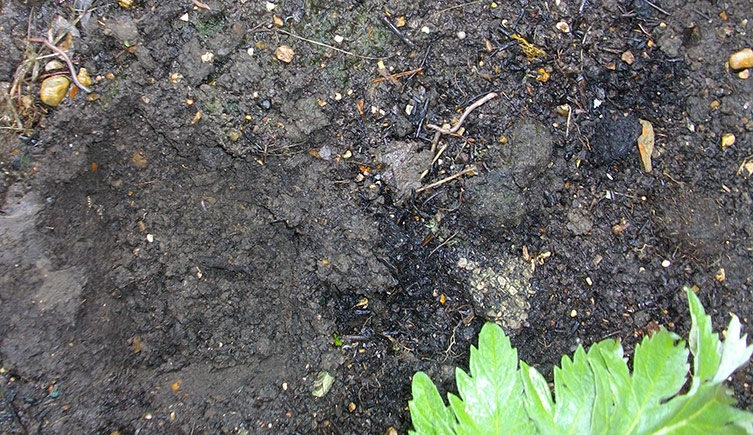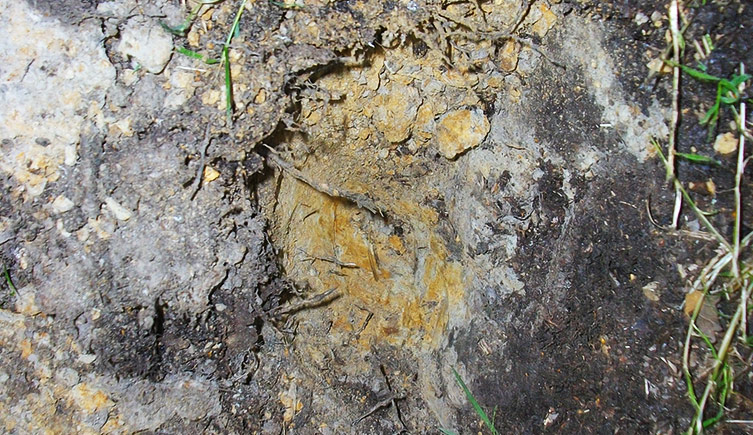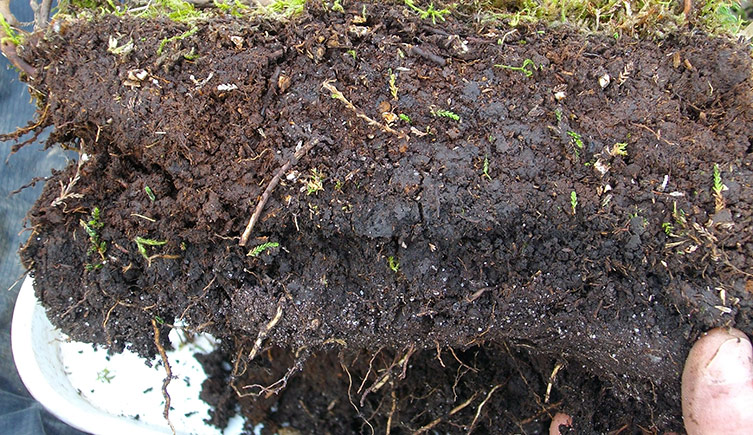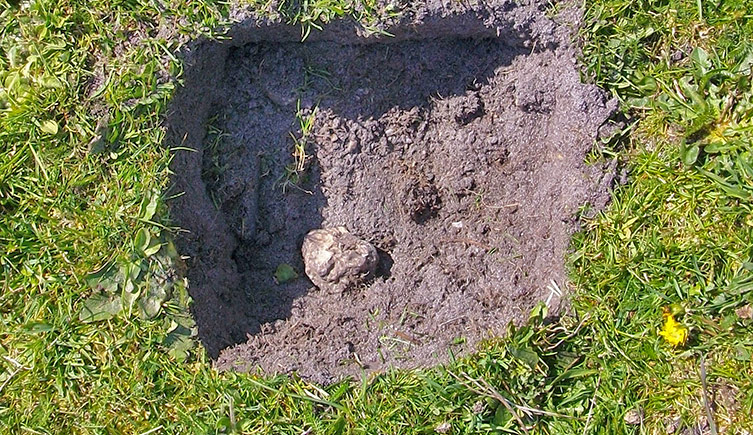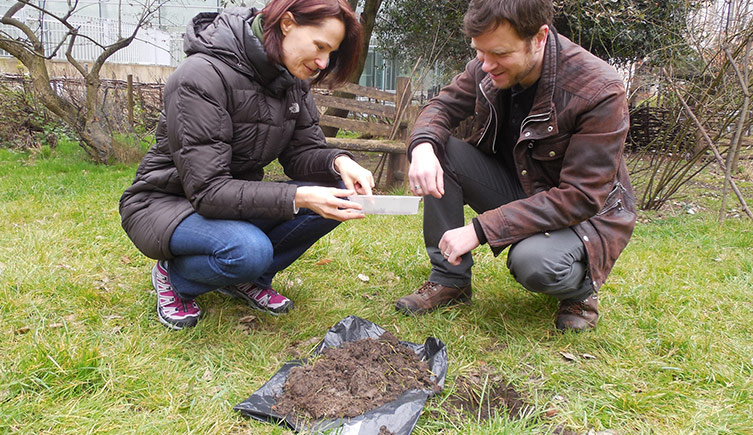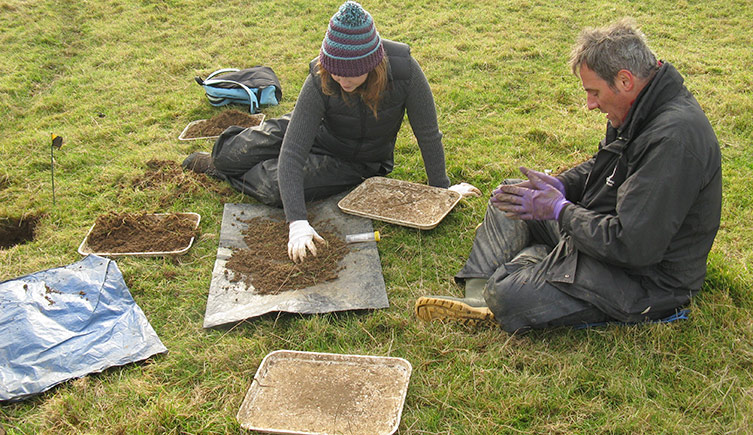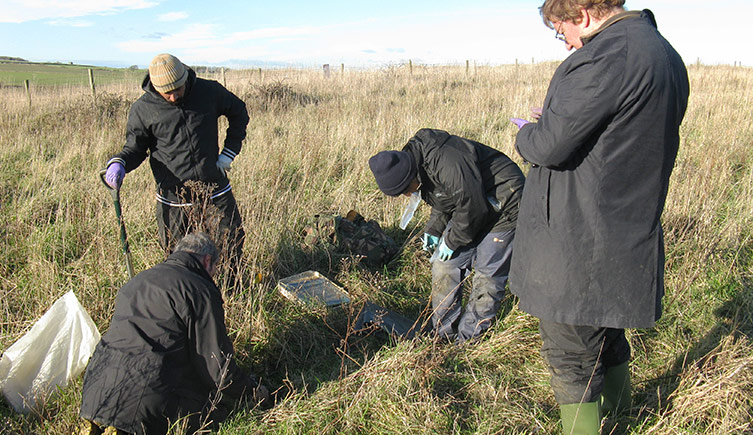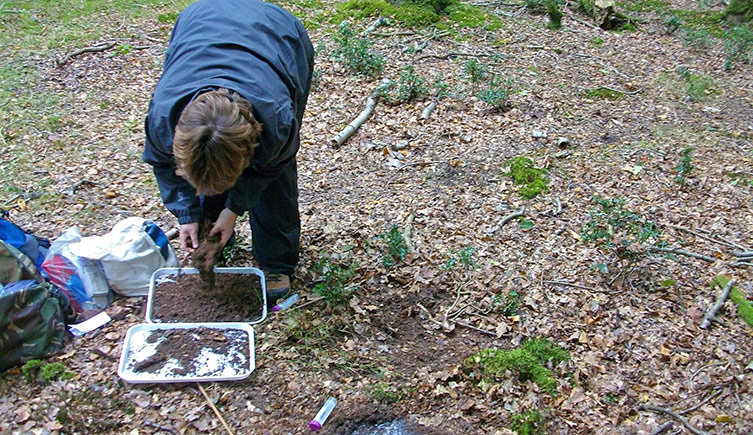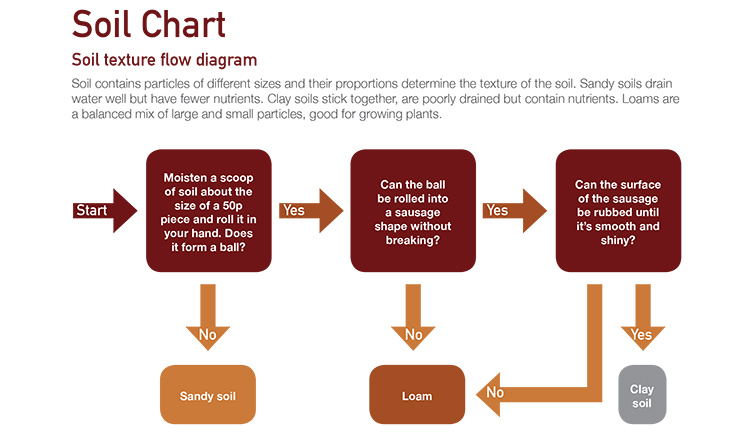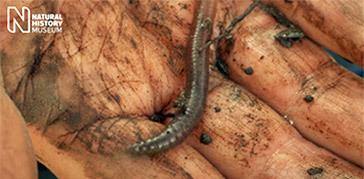Background science
Soil is made up of smaller pieces of rock and minerals as well as organic matter. Microscopic organisms, fungi and larger organisms (such as earthworms) play a part in breaking down organic matter which then appears in soil.
If you opted for purchased soils, many compost mixes contain a mixture of organic and inorganic material. Most multipurpose composts contain purely organic material, packaged top soils are mostly inorganic and sand is entirely inorganic.
The sampling conducted in the activity requires observation of the physical make up of soil. The same process the scientists at the Museum will use to investigate soil.
Soil sampling is important for many of our Museum scientists in their research. The conditions of soil play a large part on the wider ecosystem as many organisms depend on healthy plant life to thrive and many plants rely on certain organisms in the soil.
Scientists at the museum take soil samples in different locations to see how it supports the wider ecosystem. Sometimes it can help show evidence of human actions that are reducing soil quality, such as: the leaching of nutrients, squashing the soil so water can’t get in, or the presence of human-made non-biodegradable waste.
As well as promotion of a healthy ecosystem and related biodiversity, assessing the soil can be vital to agriculture - which humans depend upon for food. The museum has worked on projects such as EXCALIBER for such reasons.
In the United Kingdom, earthworms are considered beneficial to improve soil health. The presence of earthworms and their burrowing creates space for air and water to move through the soil. This will allow for plant growth as they benefit from space to grow and water moving through.
Earthworms also bring down and consume organic matter such as leaf litter and their waste (‘worm castings’) provides nutrients in soil.
The relative acidity/alkalinity of the soil is something scientists check when sampling. Some organisms, plants and animals, cannot live at certain levels of acidity/alkalinity. At lower KS2 it is not expected to be taught, but if so desired it can be tested with soil by putting some vinegar on a piece and seeing/listening if it fizzes. This only works if the sample has chalk present.
